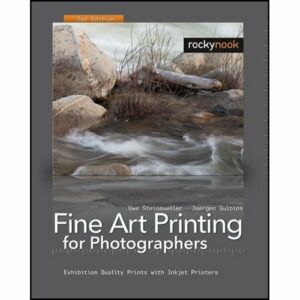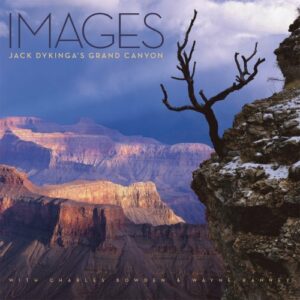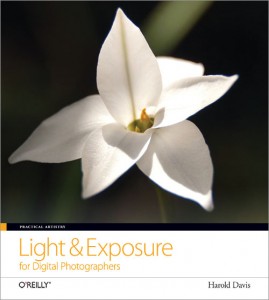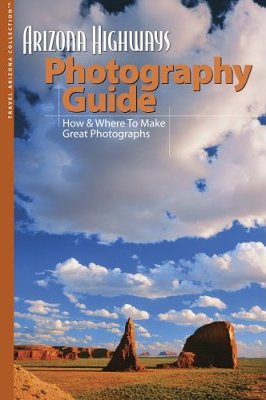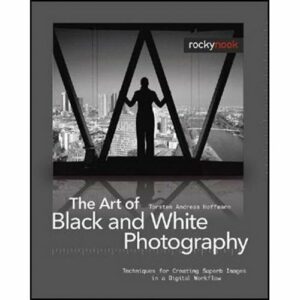 First of all, let me get something off my chest. I’m not picking on this book in particular, but generally, when will photography book authors quit talking about digital photography like it’s some crazy new thing that people need to be gently introduced to? Why does every photo book have an “introduction to digital” section that is all but useless filler? It’s 2008 people! If I wanted an introduction to digital photograhy, I’d have bought an introduction to digital photography book. Ok, rant over.
First of all, let me get something off my chest. I’m not picking on this book in particular, but generally, when will photography book authors quit talking about digital photography like it’s some crazy new thing that people need to be gently introduced to? Why does every photo book have an “introduction to digital” section that is all but useless filler? It’s 2008 people! If I wanted an introduction to digital photograhy, I’d have bought an introduction to digital photography book. Ok, rant over.
Read on to learn more about the book and find out how you can get a free copy.
Mercifully, The Art of Black and White Photography by Torsten Andreas Hoffmann keeps the intro to digital section to a mere 9 pages.
The meat of this book starts in section two. Section two devotes a full chapter to each of many different genres and concepts and attempts to show by example how to make black and white photographs.
Topics include overcoming clichés, architecture, portraits, street photography, and moods. Arguably, these are all topics that apply equally well to color photography.
… Continue reading Review: The Art of Black and White Photography

